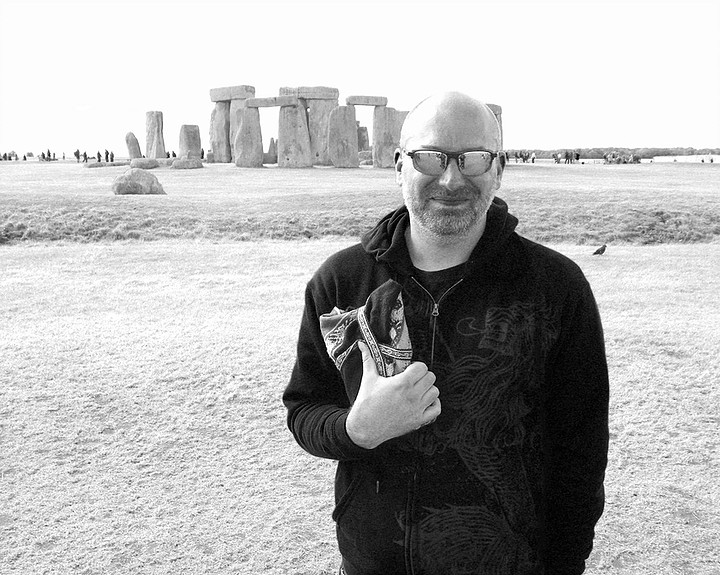
In this week’s blog, I will be taking a closer look at Mesas and how shamans use their bundle of healing stones in their ceremonies and their healing work.
What is a ‘Mesa’?
The word means table or altar. In shamanic terminology, the Mesa is like a portable altar.
What does a Mesa consist of?
It is essentially a bundle of medicine stones, which those of us who follow the Q’ero Incan tradition carry with us, both to aid us in our healing work and as a concrete symbol of our own healing journey.
It is an object which has great personal significance and shamans will often travel with their Mesa and come to view it as an extension of themselves.
What are medicine stones?
Veterans of the Medicine Wheel (see my forthcoming blog, Medicine Wheel for Newbies) earn 13 stones as part of their training, products of the student’s participation in the rites and initiations of the Wheel.
Each stone, or khuya, represents a wound that has been transformed through the Medicine Wheel training.
A shaman of the Q’ero tradition will ask a client to select a khuya from their Mesa, whichever one they feel most drawn toward. The client is then asked to breath into the khuya their issue, allowing the medicine stone to begin to ‘mulch’ the problem.

Does a Mesa contain anything else?
The inner cloth of the mesa will only contain these special 13 khuyas but the outer cloth may contain other power objects, or stones of significance to the shaman.
All the shaman’s stones and healing tools are wrapped in an outer cloth – often we like to honour our lineage by using a colourful cloth weaved by the Q’ero.
What does your Mesa mean to you?
I cannot put it better than one of my own teachers, Chris Waters, founder of the Spirit of the Inca group, who explains:
‘My Mesa contains the wisdom that comes from my personal healing, the transformation of old worn out stories of powerlessness, turned into power; of pain and suffering turned into compassion; and ancient wisdom handed down through the ages, through a lineage of medicine men and women whose grace, dignity and childlike innocence reminds me of what we have lost in the western world’.
Does the Mesa have any other significance?
As ever, the Q’ero are always seeking to engender balance, or ayni, in the world. The Mesa also reflects this sacred notion.
In his book, Healing States, Alberto Villoldo relates how he learned from don Eduardo that a Mesa was divided into three areas: ‘the campo ganadero (field of the dark) on the left; the campo justiciero (field of the light, or justice) on the right; and the campo medio or neutral field, a place between the fields of light and dark’.
Alberto points out that these energies are not inherently good and evil but can be put to positive or negative use by the shaman (or, indeed, the sorcerer).


